
“Your journey to becoming a proud officer in the Indian Armed Forces begins here.”
At Doon Defence Dreamers, we are proud to be recognized as the best NDA coaching in Dehradun, dedicated to guiding young aspirants toward a successful career in defence. Our expert faculty provides complete syllabus coverage for NDA and CDS exams, combining traditional classroom learning with modern digital tools for the best results.
… Our mission is simple – to turn your dream of joining the Armed Forces into reality. At Doon Defence Dreamers, we don’t just teach, we prepare and guide future officers for success.
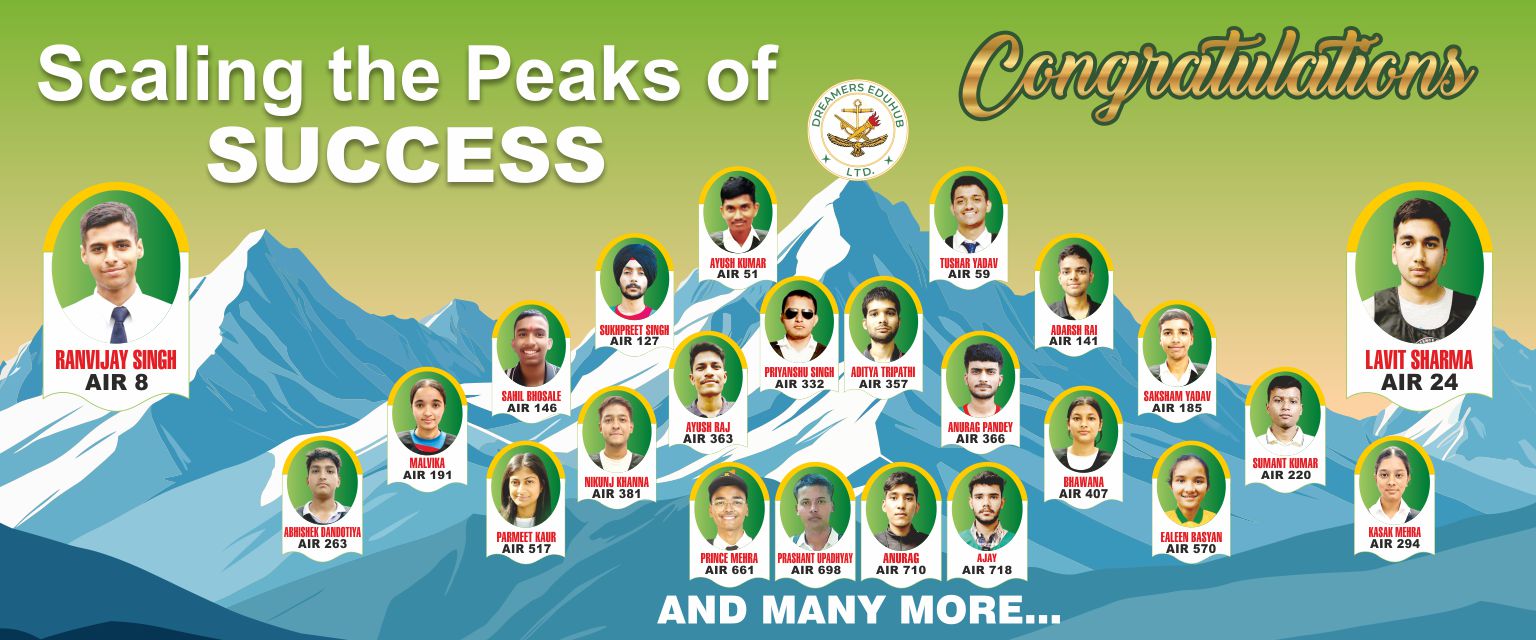
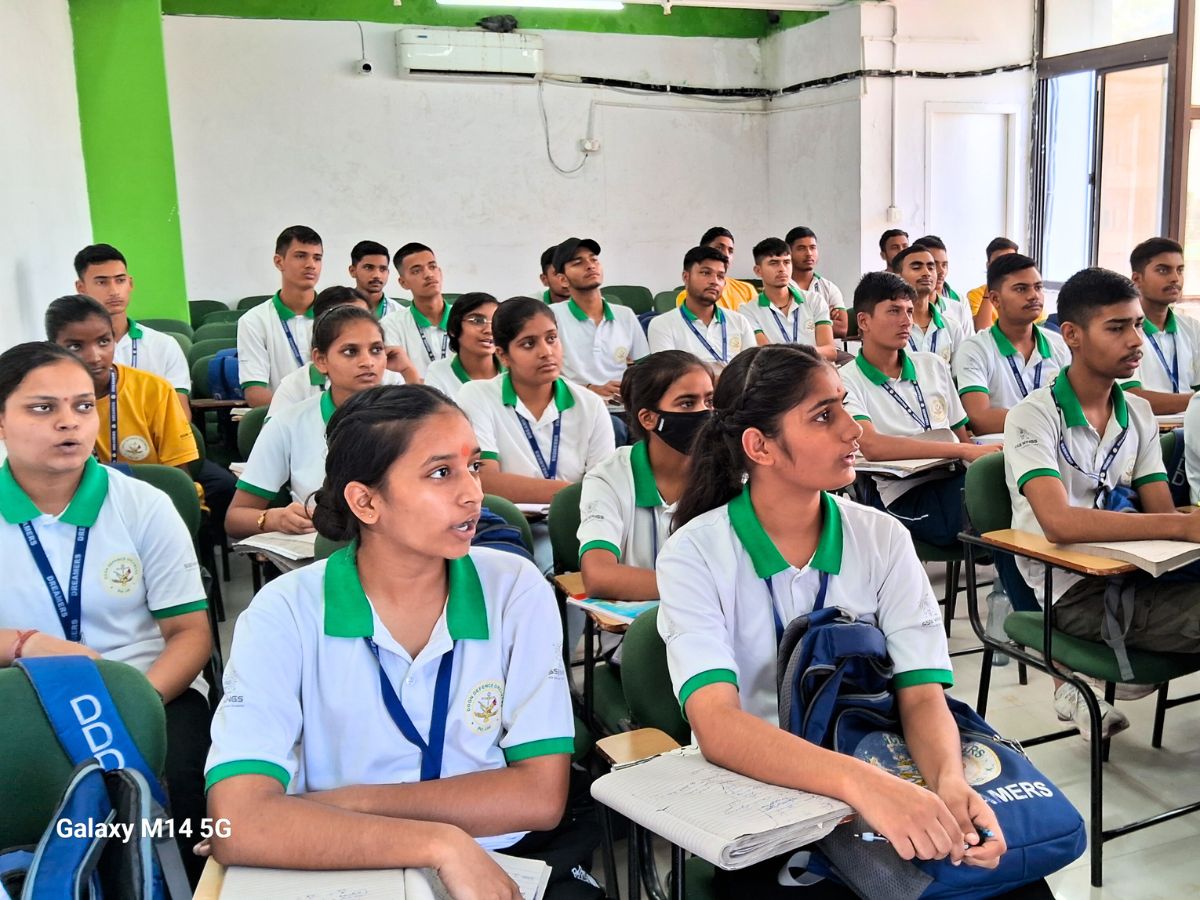



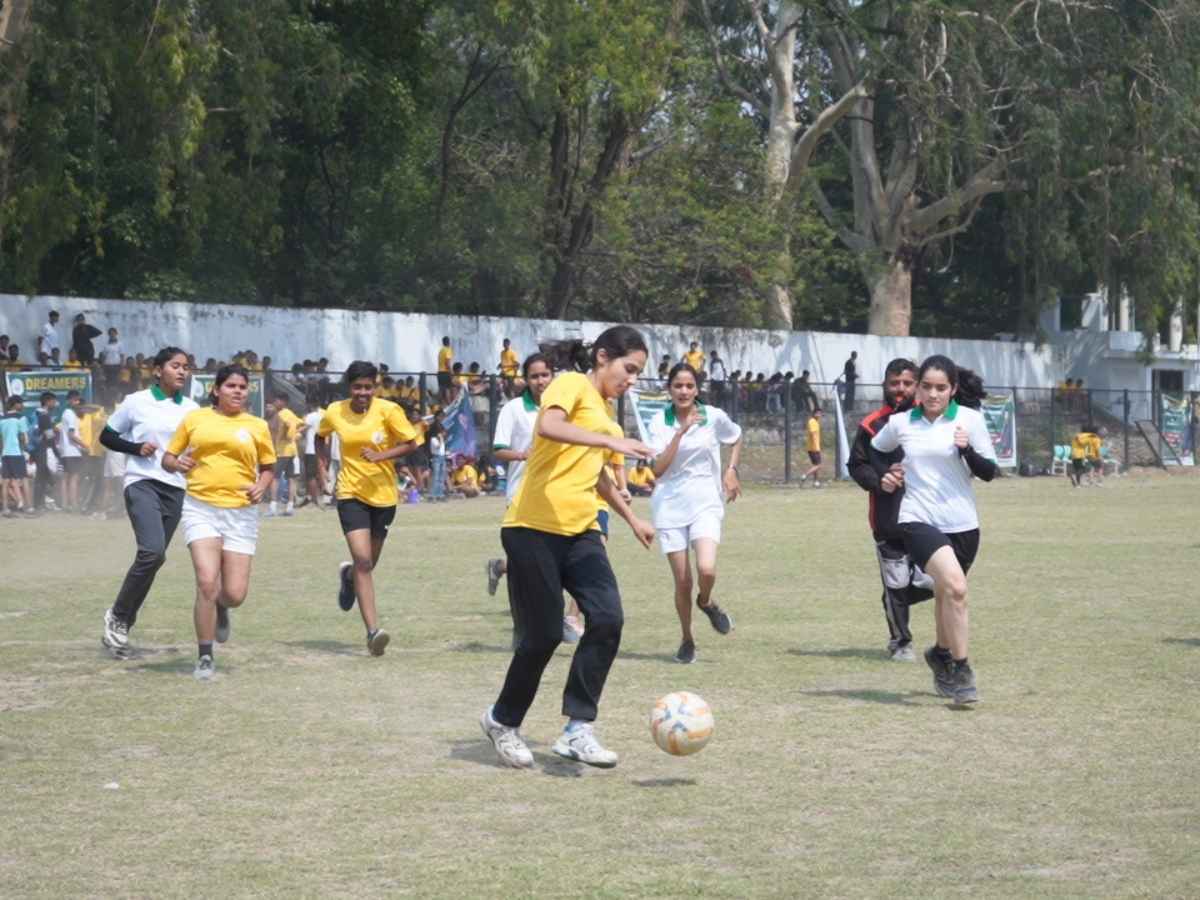



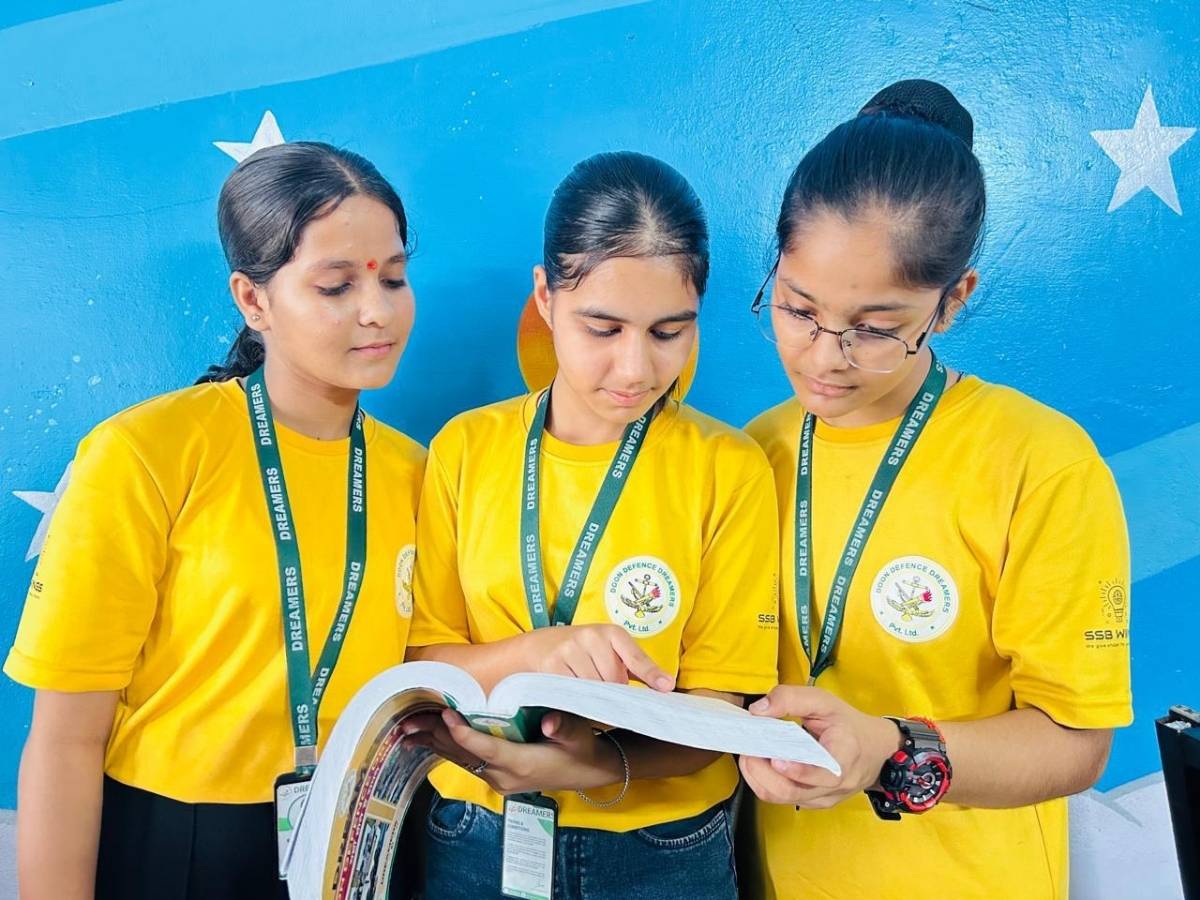
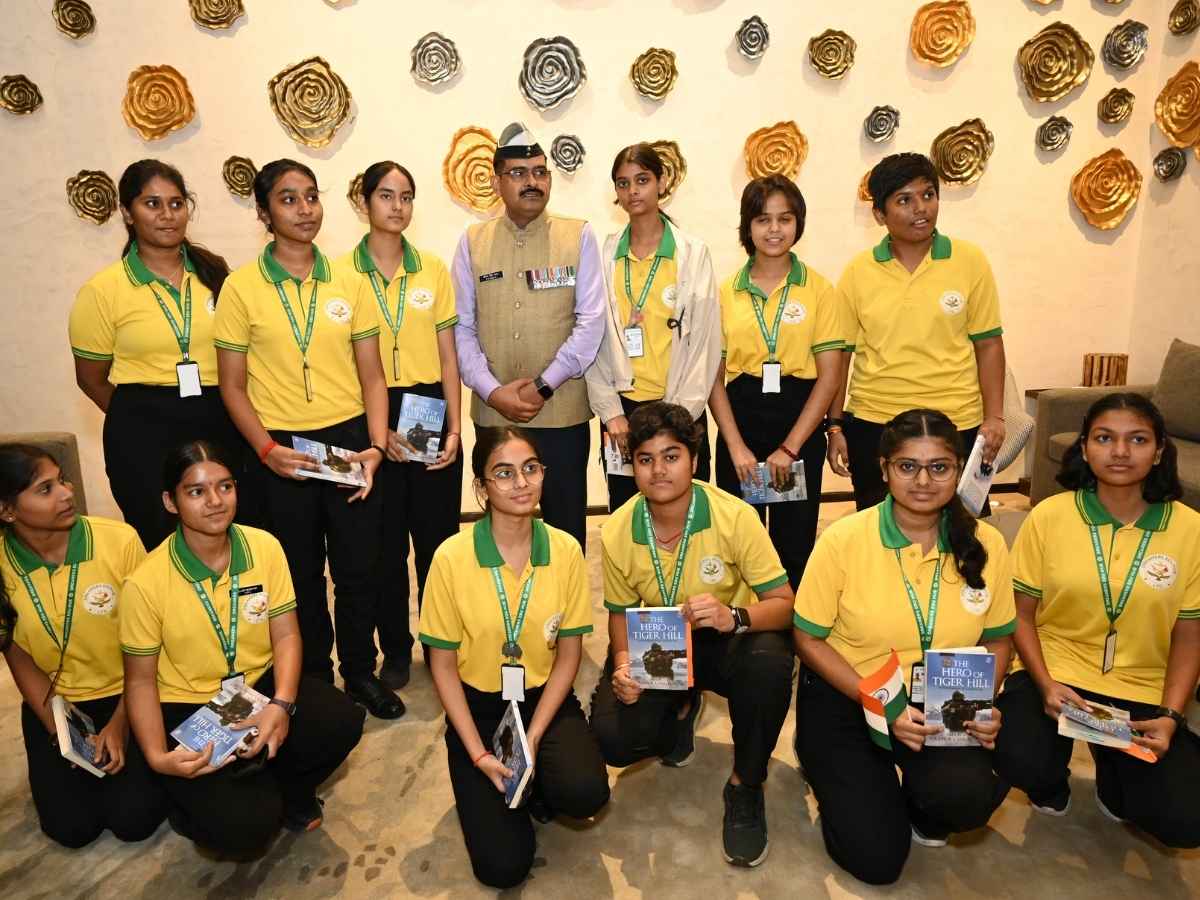










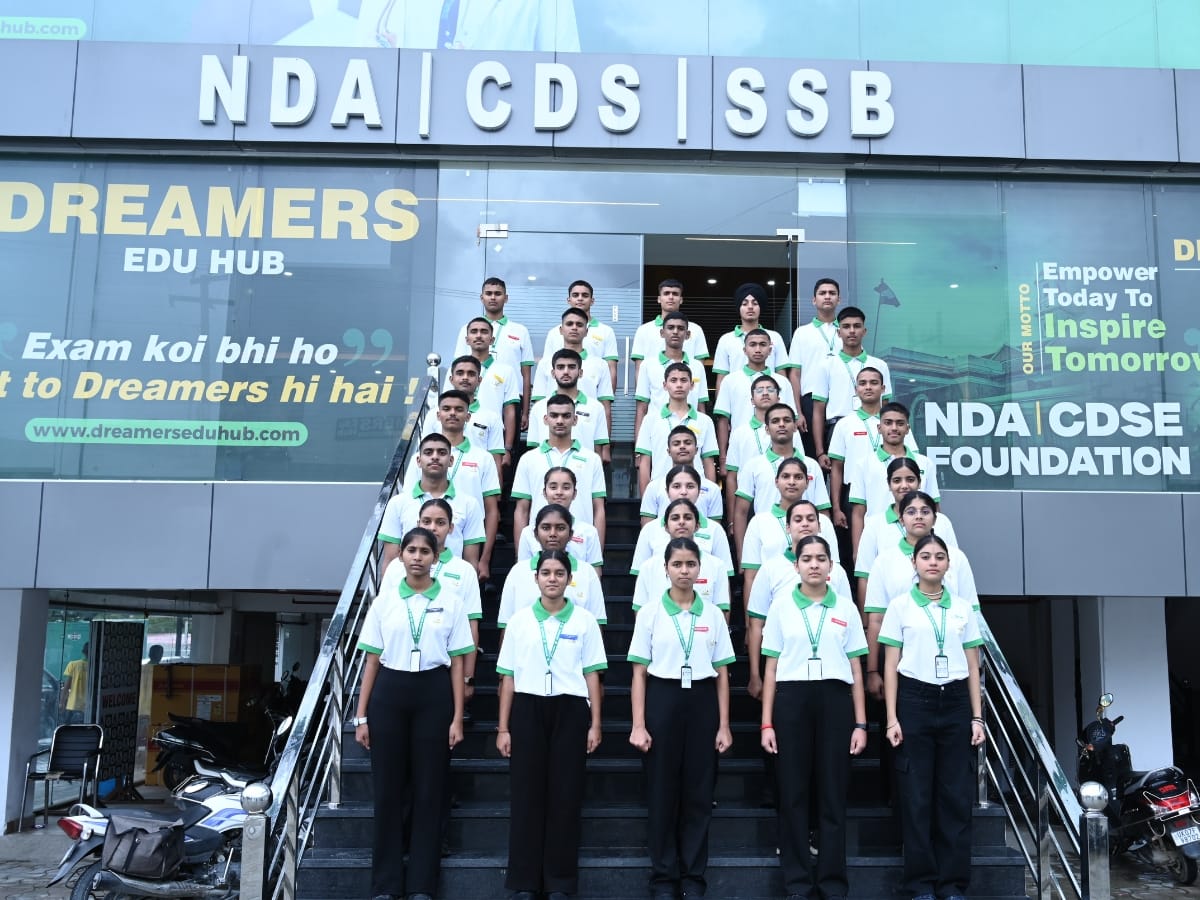
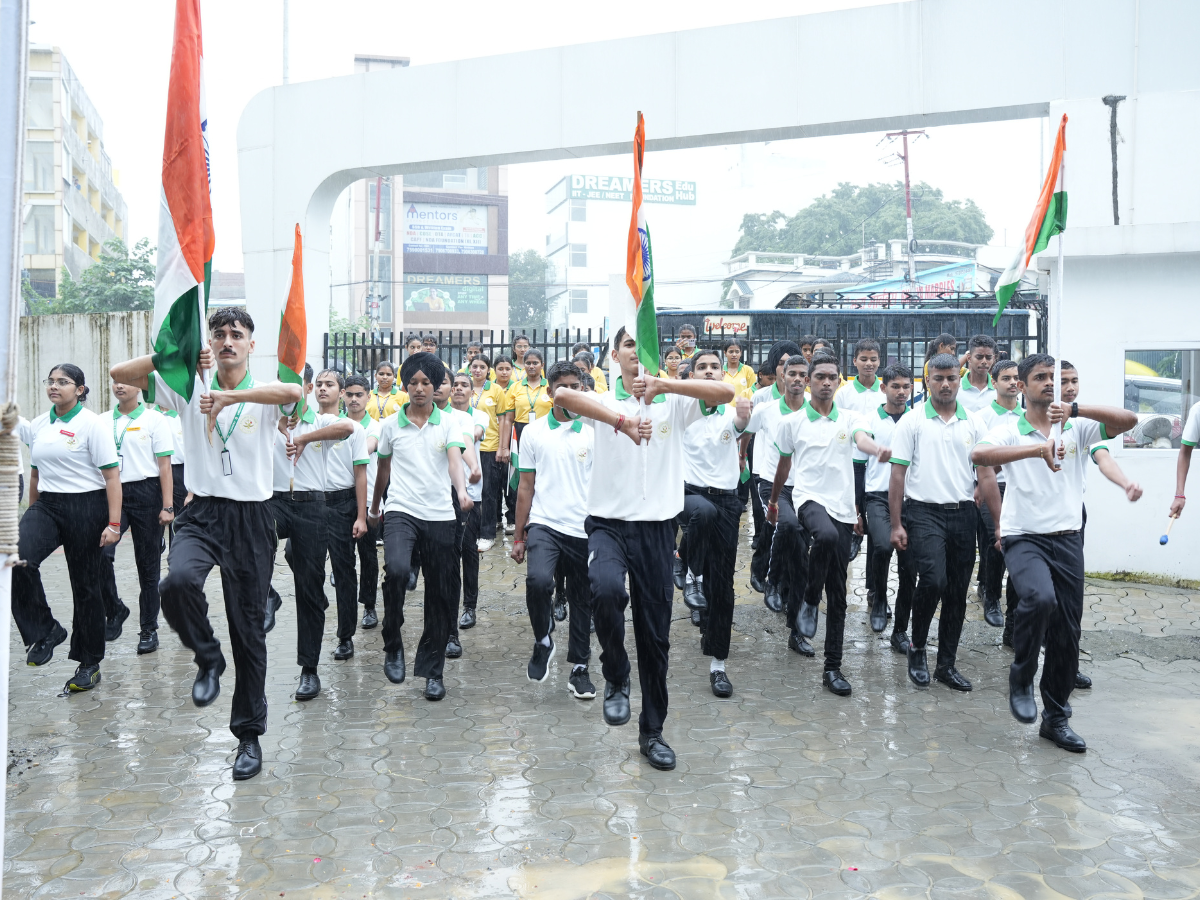
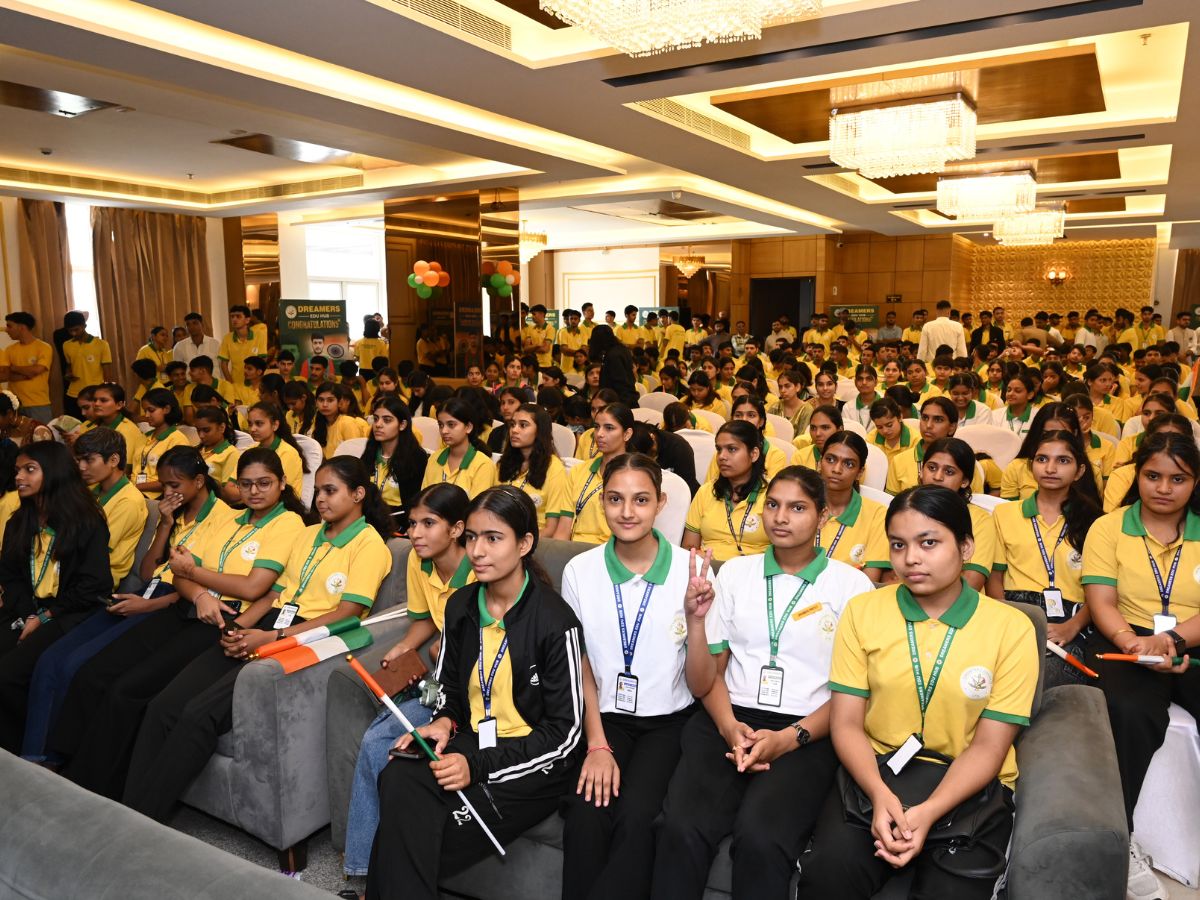
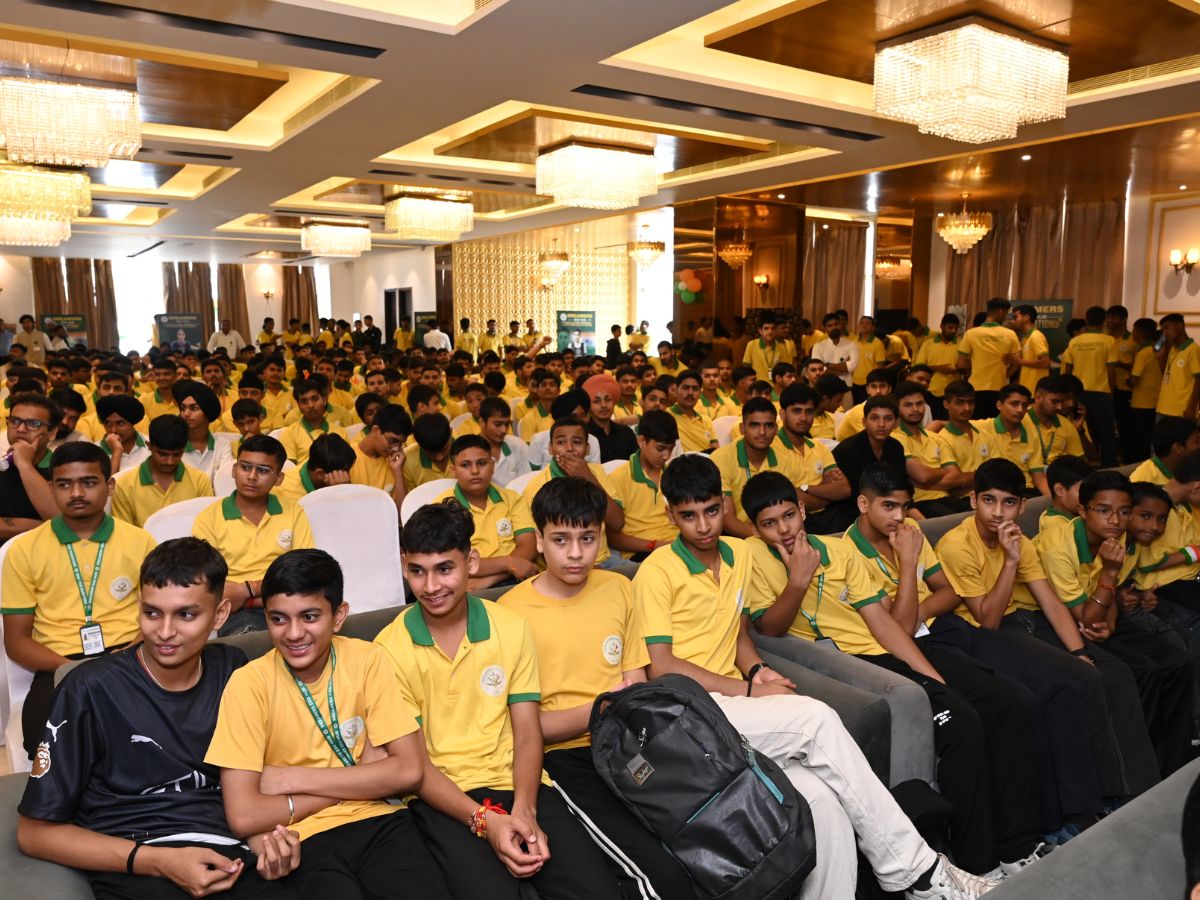
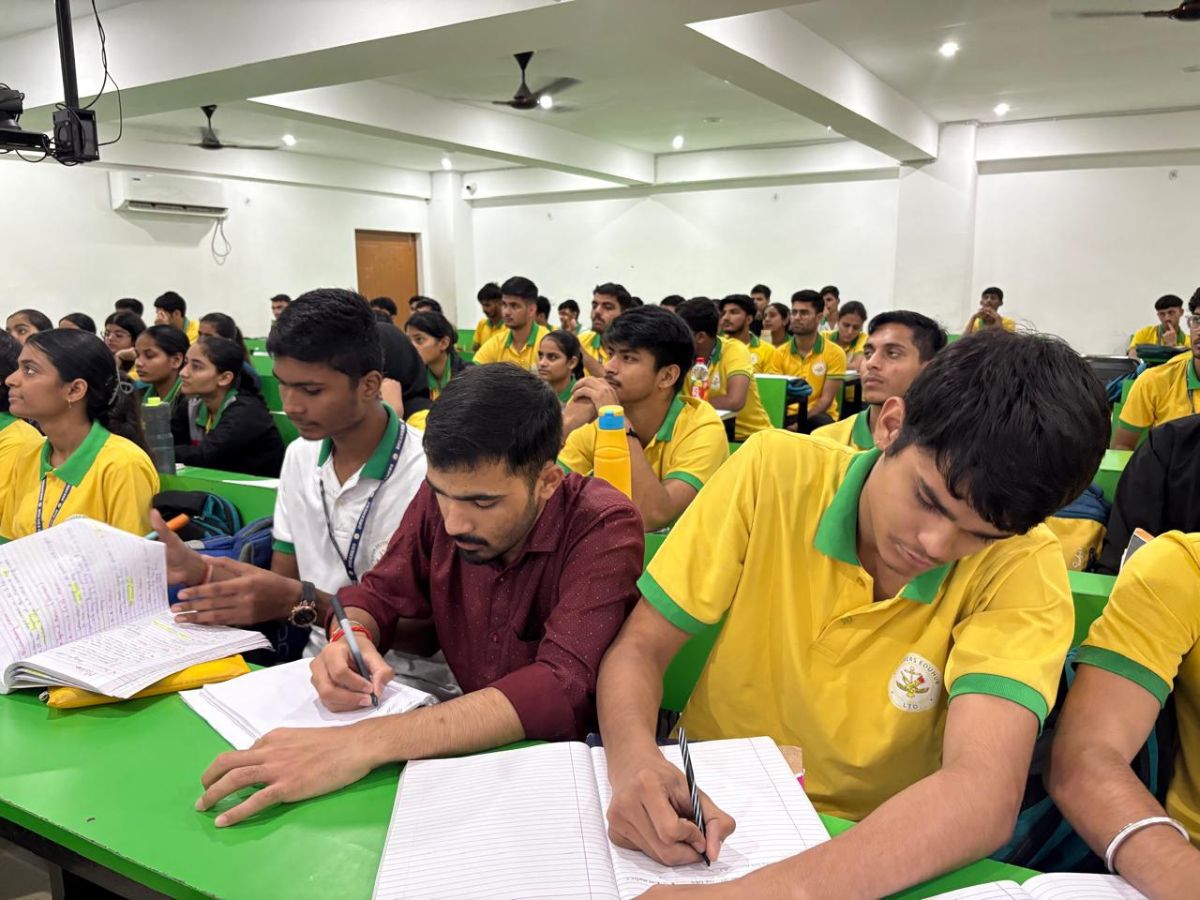
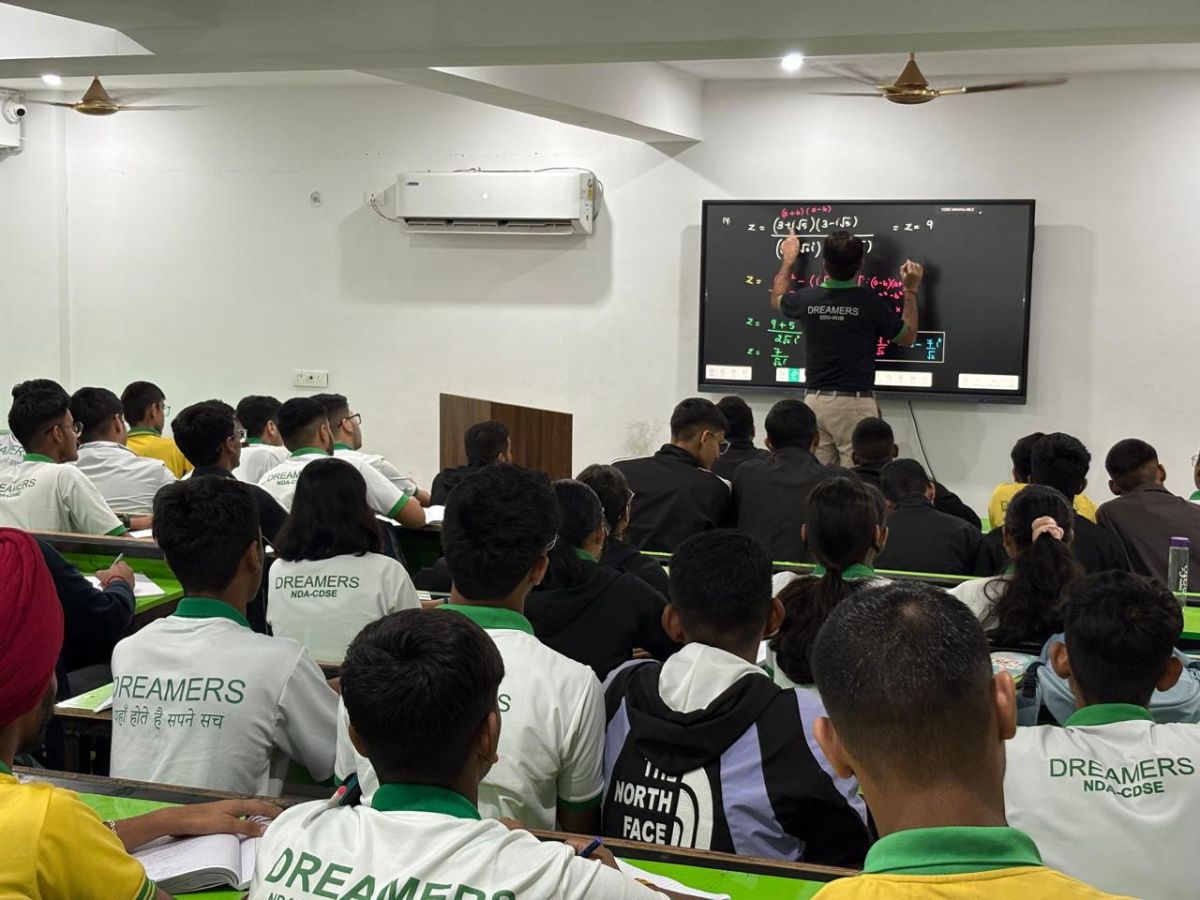
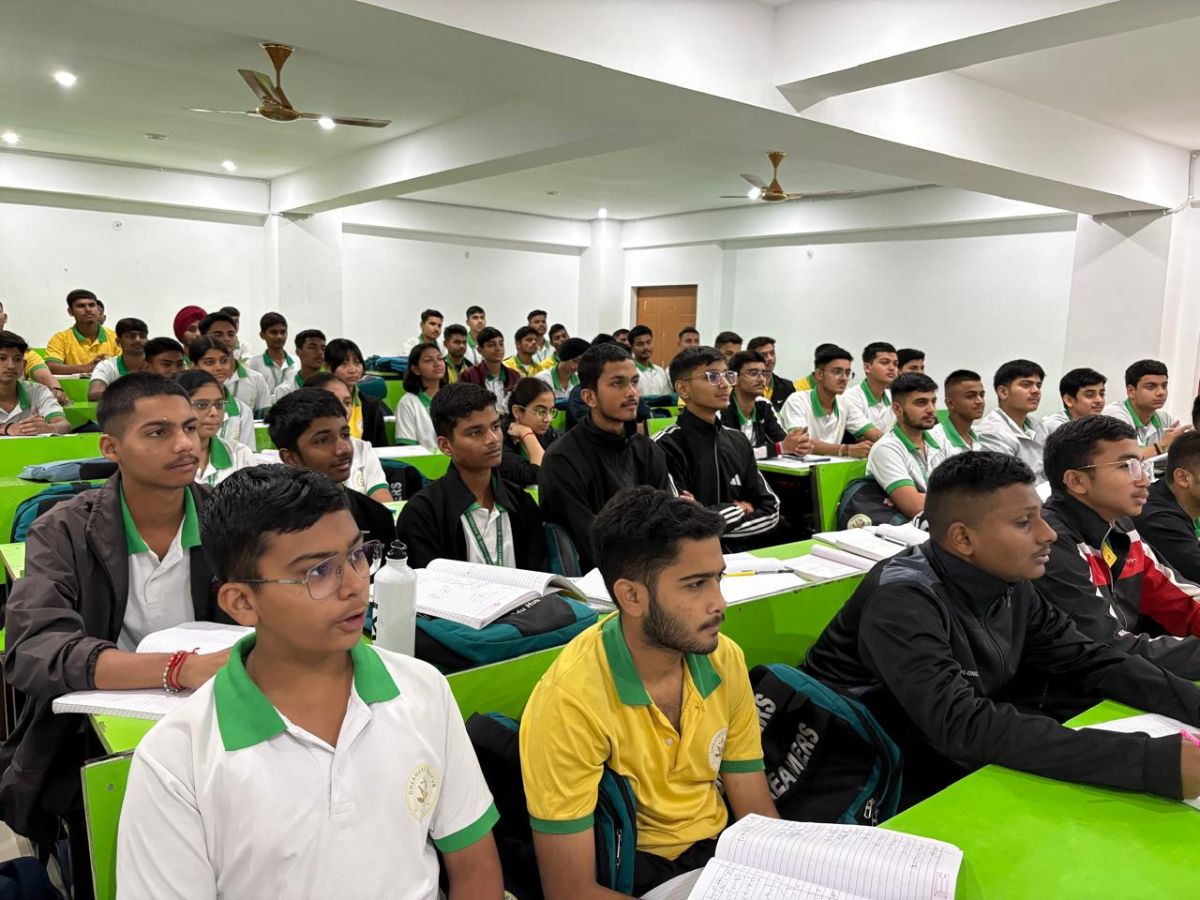
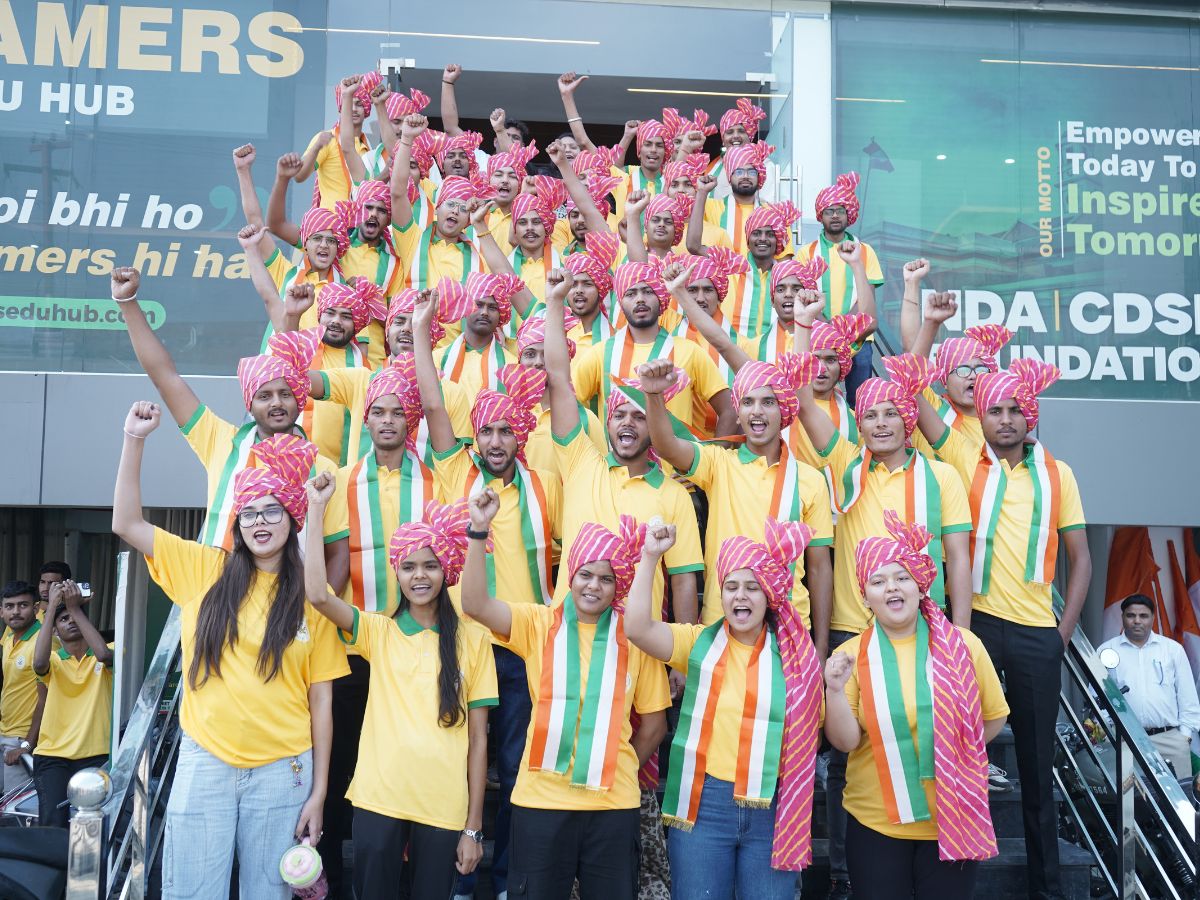
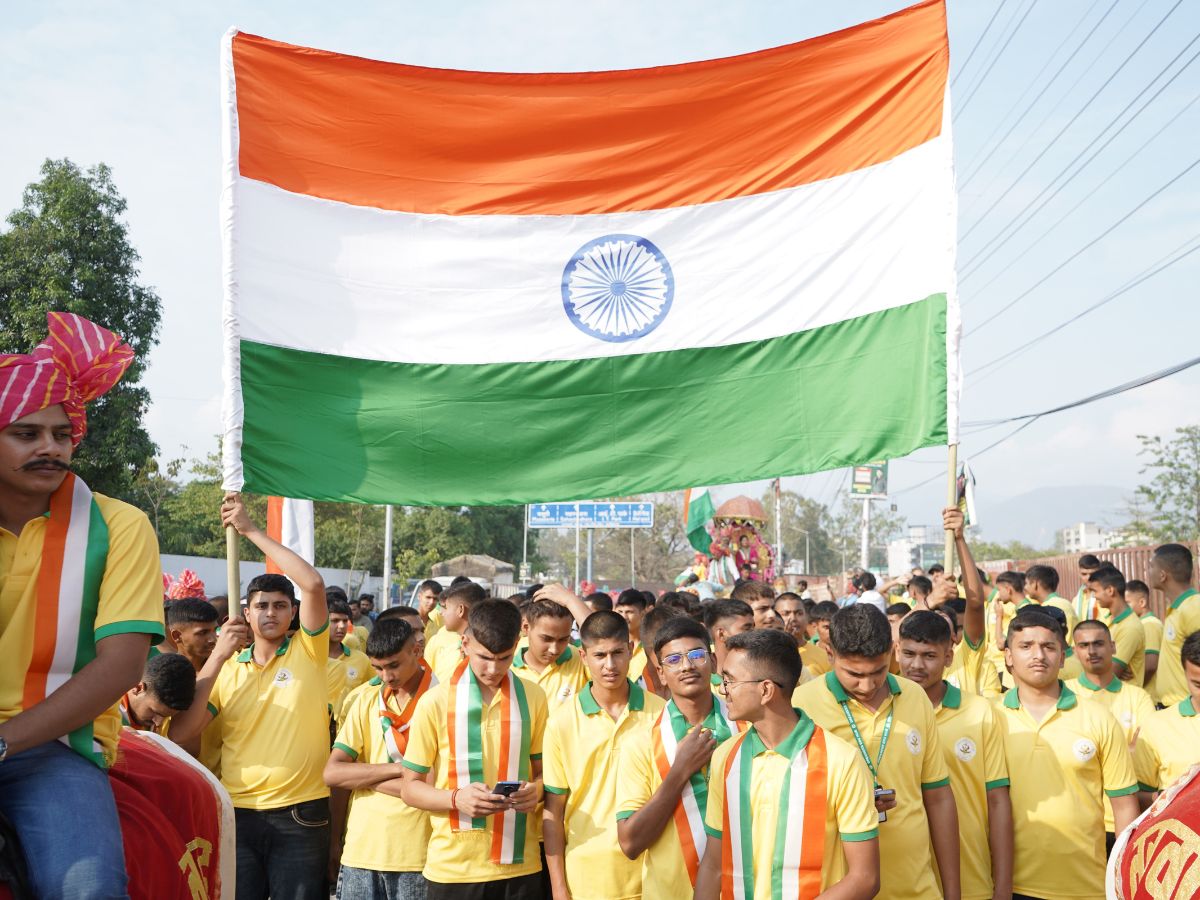

Choosing a career in the Armed Forces is not just a profession; it’s a calling that demands unwavering dedication, discipline, and a passion for serving the nation. At Doon Defence Dreamers, located in the heart of Dehradun, we are committed to transforming your aspirations into reality. With our expert guidance and holistic approach, we prepare you to excel in defence exams and SSB interviews, ensuring that you are equipped with the skills and mindset to become a proud officer of the Indian Armed Forces.
…
Over the years, Doon Defence Dreamers has proudly guided countless students to achieve their dreams of serving the nation, reflecting our unwavering commitment to shaping future leaders.
Join Doon Defence Dreamers and take confident strides towards a fulfilling and honorable career in the Indian Armed Forces.
Academic Director
Devesh Shukla
At Doon Defence Dreamers, proudly known as the best NDA coaching in Dehradun, we believe that with the right guidance, hard work, and dedication, every student can achieve success. Many of our students have cleared exams like NDA, CDS, Sainik Schools, RIMC, and Rashtriya Military Schools (RMS), proving that discipline, focus, and proper preparation make all the difference. Every success story is a proud moment for the entire Dreamers family and inspires new aspirants to follow the same path. If you’re serious about your defence career, take your first step with the best NDA coaching in Dehradun.

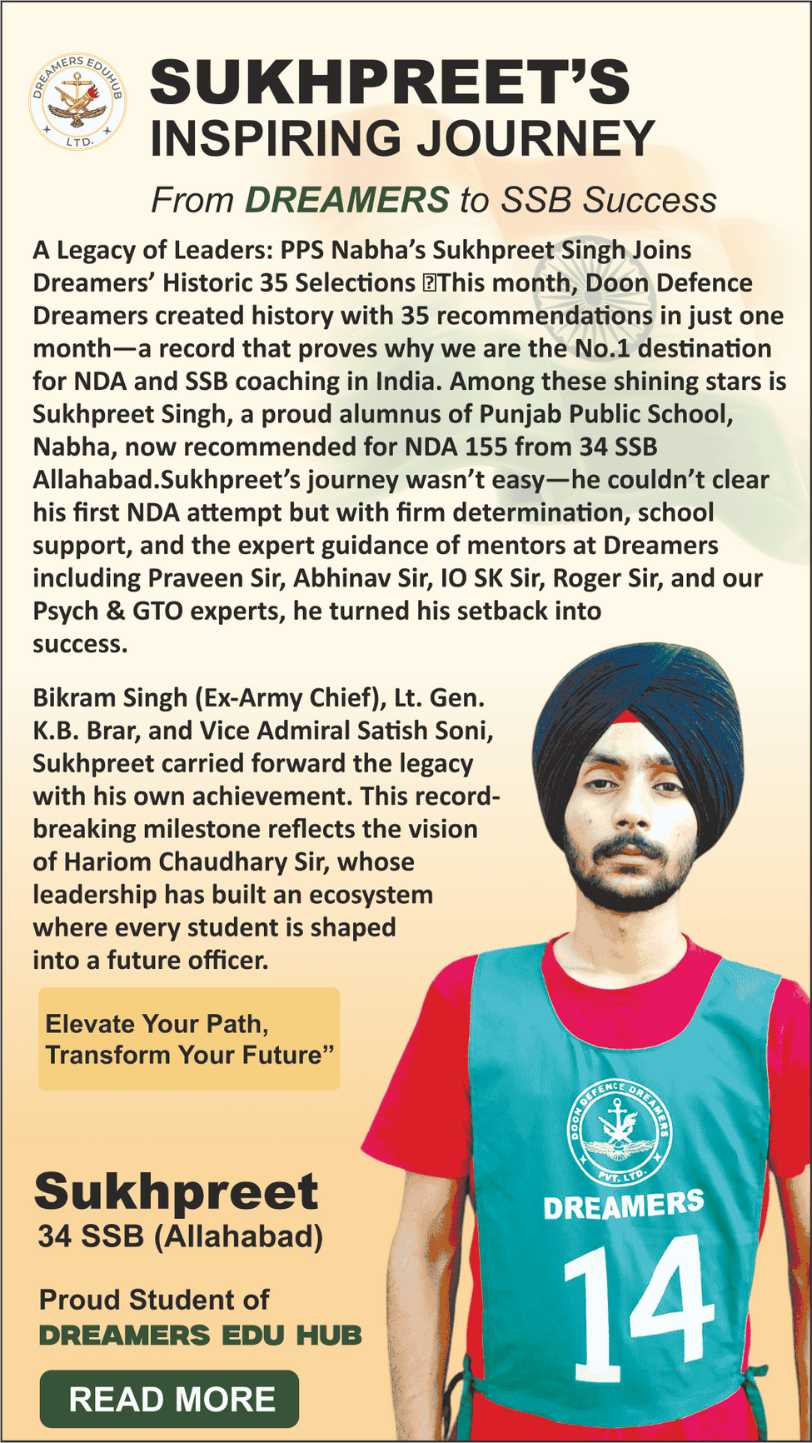
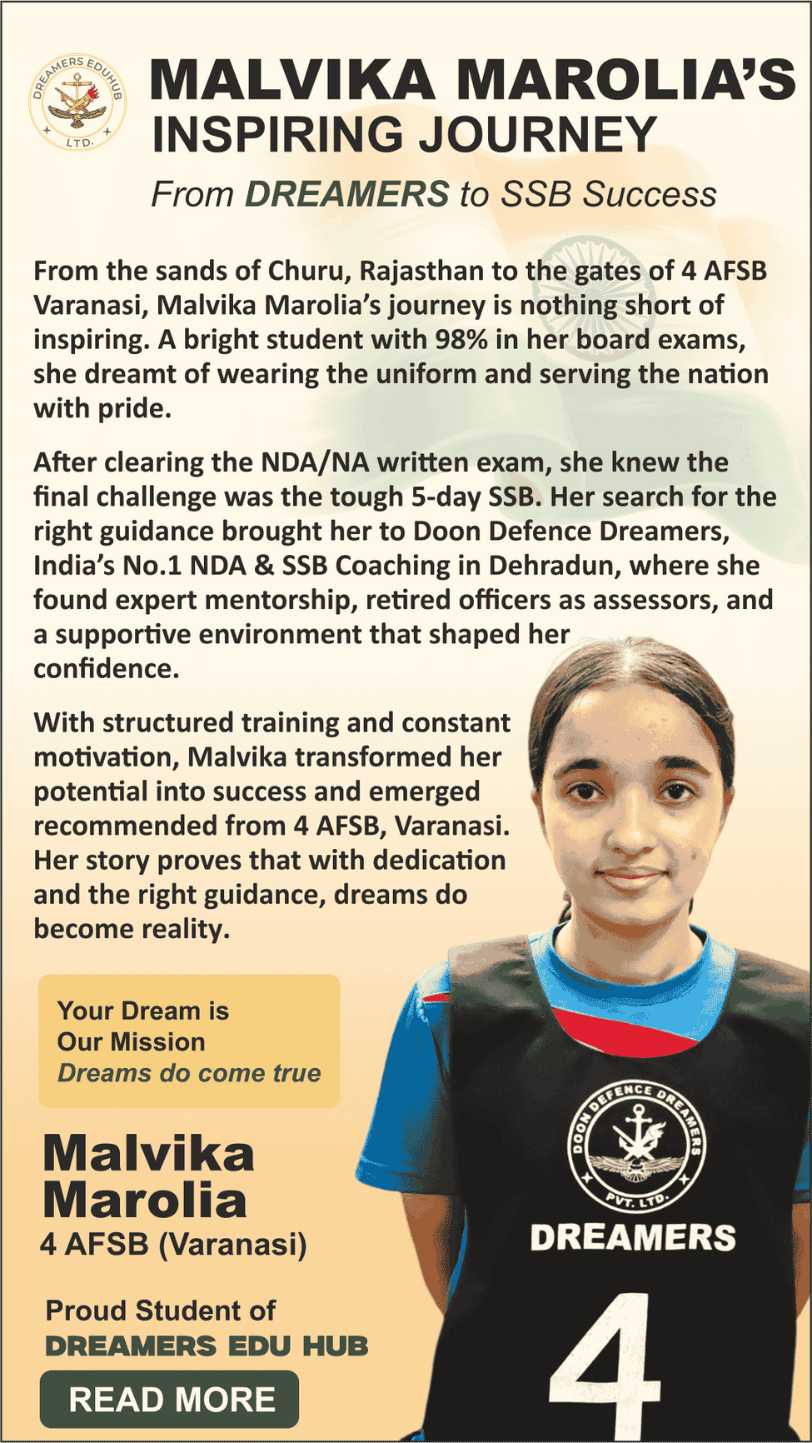
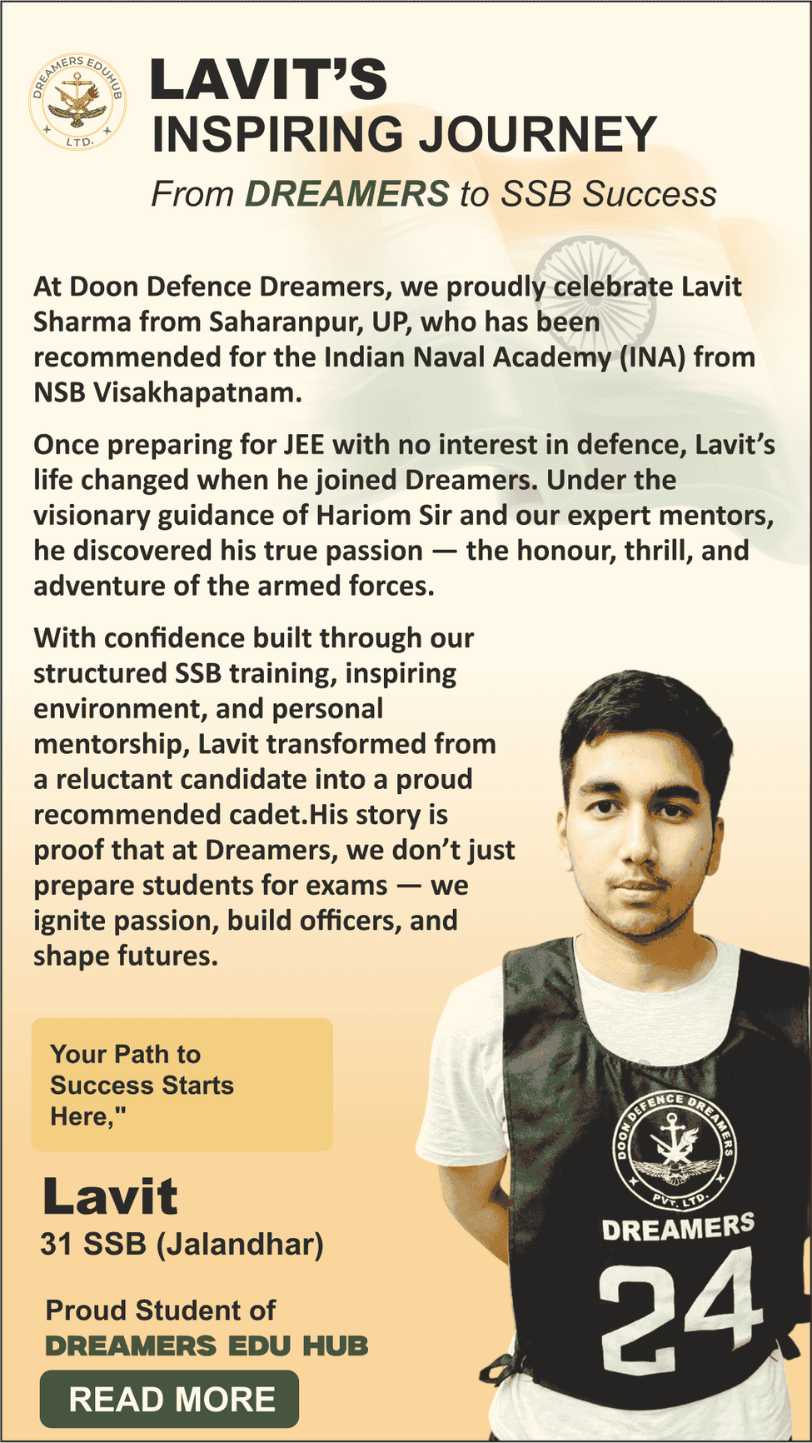


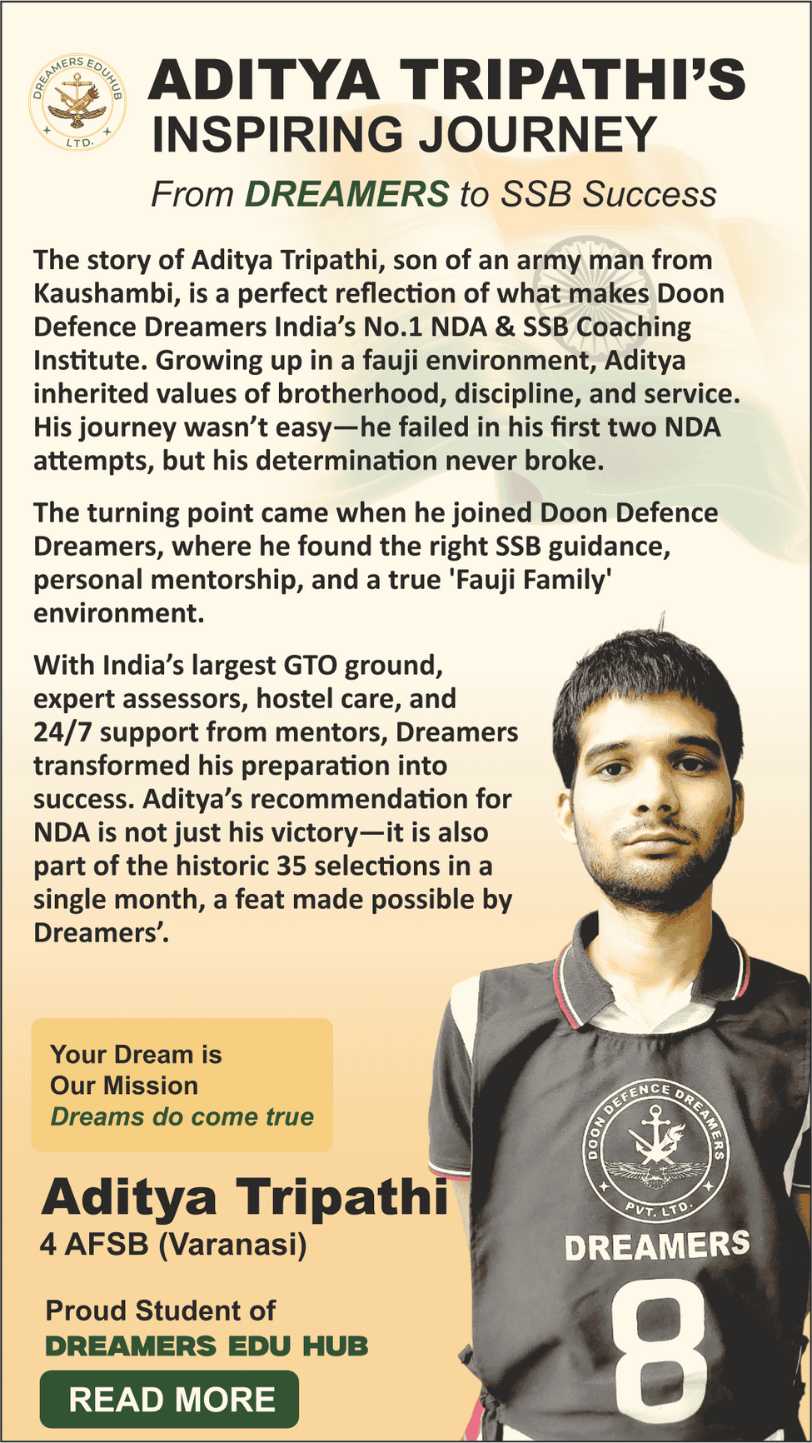


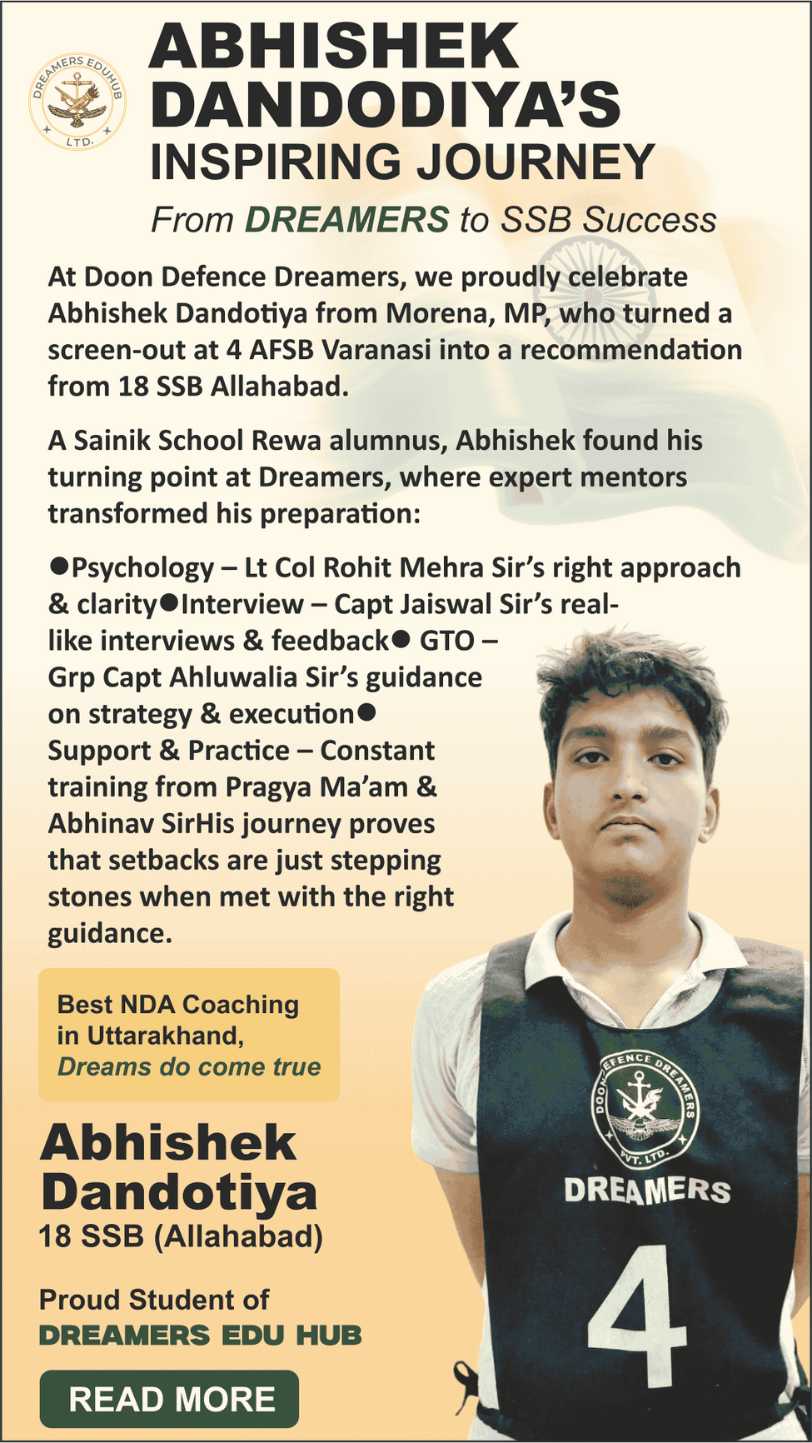












Doon Defence Dreamers offers a comprehensive NDA Coaching Program designed to prepare aspiring officers for a successful career in the Indian Armed Forces. Recognized as the best NDA coaching in Dehradun, our program provides focused training for NDA exams and SSB interviews, helping students develop the knowledge, skills, and confidence needed to lead and serve the nation. With expert faculty, customized study materials, regular mock tests, doubt-clearing sessions, and online support, students receive all-round guidance to excel. Whether you’re starting your preparation or aiming to strengthen your foundation, our NDA Coaching Program is the ideal choice to achieve your defence career goals. Join us and take the first step toward becoming a future leader of India’s armed forces!.

Introducing a special scholarship opportunity for NDA aspirants! Enroll at Doon Defence Dreamers, prepare with expert guidance, clear the NDA Exam, and become eligible for our exclusive scholarship program. Take the first step towards your defence career with the right support and rewards.
Doon Defence Dreamers (DDD) has emerged as another strong institute for the best NDA coaching in Dehradun. DDD’s students secured two spots in the top 25 ranks of nda result 2025, which shows its growing success in defence preparation and commitment to helping aspirants achieve their defence dream. This kind of performance proves that DDD provides the right guidance, disciplined environment, and exam-focused strategy that today’s defence aspirants need. The institute’s regular mock tests, personalised support, and expert mentors ensure that every student gets the best chance to crack both the written exam and the SSB interview.
Ranvijay and Lavit’s success stories inspire current DDD students. Their path from being aspirants to top rankers shows what dedicated students can achieve with DDD’s structured approach and comprehensive SSB preparation.
| AIR | ROLL NO | NAME |
|---|---|---|
| 8 | 1142787 | RANVIJAY SINGH RATHORE |
| 24 | 1444004 | LAVIT SHARMA |
| 51 | 7041436 | AYUSH KUMAR |
| 59 | 1153693 | TUSHAR YADAV |
| 127 | 3551469 | SUKHPREET SINGH |
| 141 | 5142668 | ADARSH RAI |
| 146 | 6646138 | SAHIL BHOSALE |
| 185 | 3551813 | SAKSHAM YADAV |
| 191 | 1140430 | MALVIKA |
| 220 | 1540671 | SUMANT KUMAR RAI |
| 263 | 6942788 | ABHISHEK DANDOTIYA |
| 294 | 1445683 | KASAK MEHRA |
| 710 | 1450730 | ANURAG |
| 332 | 2652693 | PRIYANSHU SINGH |
| 357 | 0241774 | ADITYA TRIPATHI |
| 363 | 1543954 | AYUSH RAJ |
| 366 | 2642022 | ANURAG PANDEY |
| 381 | 1442773 | NIKUNJ KHANNA |
| 407 | 5444959 | BHAWANA |
| 517 | 5942592 | PARMEET KAUR |
| 570 | 1444951 | EALEEN BASYAN |
| 661 | 5442311 | PRINCE MEHRA |
| 698 | 2141448 | PRASHANT UPADHYAY |
| 718 | 3541914 | AJAY |
| 363 | 1543954 | AYUSH RAJ |

At Doon Defence Dreamers, we prepare NDA aspirants to become confident, disciplined, and capable officers who can crack the NDA Exam with ease.
We understand that academics alone are not enough to succeed, so along with subject preparation, we focus on building qualities that make a complete officer, such as:
Physical fitness and mental strength
Leadership and management skills
Well-groomed and confident personality
Effective communication skills
Discipline and strong moral values
Consistent academic performance

You can register for the NDA Course online through the registration form available on our official website.
If you encounter any difficulties while filling out the form or need help locating it, please reach out to our counsellors at:
+91 9429691488 | +91 9429691072
Registration Details:
Registration Fee: ₹5,000 (to be paid online only)
The registration fee is non-refundable under any circumstances.
Please note that your admission will be confirmed only after the full course fee is paid within the given timeline.
Choose Doon Defence Dreamers for top-notch NDA coaching, experienced faculty, comprehensive personality development, and a strong track record of success in shaping future officers.
Focused NDA Written Exam Training
Get ready for the NDA written exam with our focused course that covers Maths and GAT, guided by expert teachers, with simple explanations, regular practice tests, and smart tips to help you score higher with confidence.


SSB training under ex GTOs
Get expert-led SSB training under experienced Ex-GTOs, including full preparation for psychological tests, GTO tasks, and personal interviews — with hands-on indoor and outdoor practice to boost your performance.
Physical Training
Experience rigorous physical training under certified defence trainers – running, push-ups, sit-ups, chin-ups, and obstacle practice to meet academy standards.
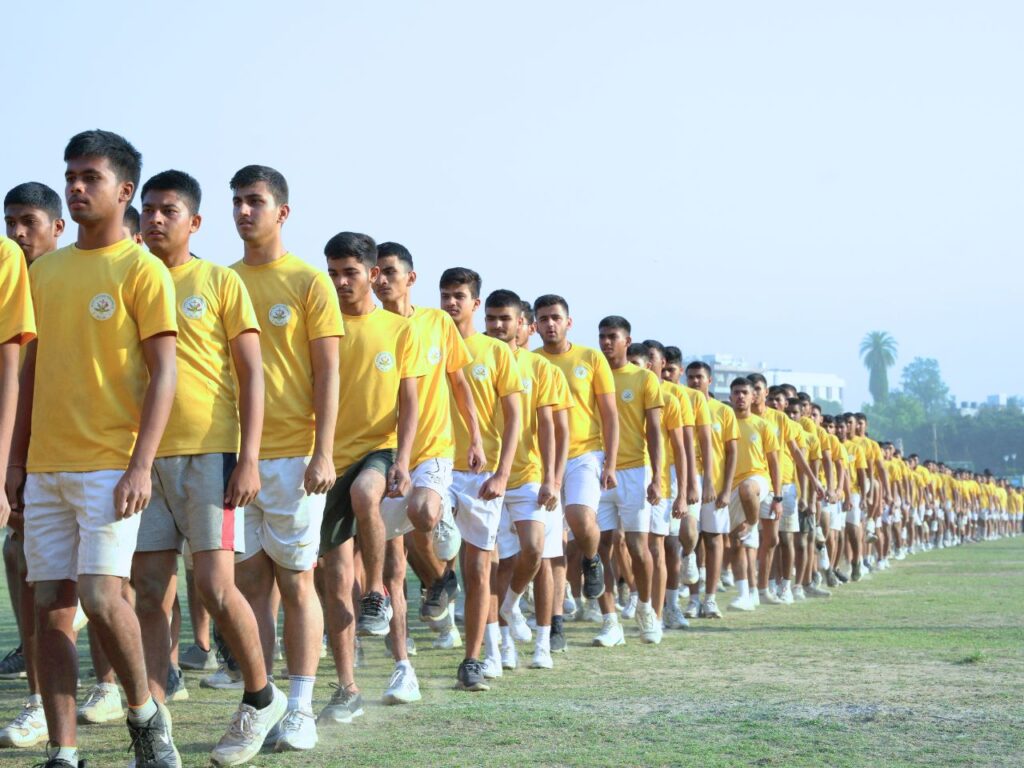

Study Material & Mock Tests
Get expert-designed notes, mock tests, and previous year papers for NDA. Build exam confidence, improve accuracy, and master time management.
Flexible Learning With Our App
Learn anytime, anywhere with our e-learning app – access recorded & live classes, PDFs, tests, and performance tracking for continuous progress.














Get complete details about the courses and facilities offered by Doon Defence Dreamers, known as the best NDA coaching in Dehradun, to help you crack the NDA Exam with confidence.
The candidate must be an Indian citizen. Candidates from Nepal, Bhutan, Tibetan refugees, and individuals of Indian origin who migrated from countries like Burma, Sri Lanka, Kenya, Uganda, Ethiopia, Tanzania, etc., may also apply as per Government of India rules.
| EXAM | Age Limit |
| NDA 1 (2026) | The candidate must have been born between 2nd July 2007 and 1st July 2010 |
| NDA 2 (2026) | The candidate must have been born between 2nd January 2008 and 1st January 2011 |
Candidates must be unmarried, both male and female.
For Army Wing of NDA – Candidates must have passed 10+2 (any stream) from a recognized board.
For Air Force and Naval Wings – Candidates must have passed 10+2 with Physics and Mathematics.
Students appearing in the final year of 10+2 can also apply but must submit proof of passing before joining.
Candidates must be physically fit as per the standards set by the Ministry of Defence.
| Subjects | Topics |
|---|---|
General Knowledge |
|
English Language |
|
Elementary Mathematics |
|
| Papers in NDA Exam | Mathematics | General Ability Test (GAT) |
| Marks Segregation | 300 Marks | 600 Marks |
| Total No. of Questions | 120 Questions | 150 Questions |
| Negative Marking | -0.83 Marks | -1.33 Marks |
| Exam Duration | 2.5 Hours | 2.5 Hours |
| Language of Question Paper | English & Hindi | English & Hindi |
| Year | Exam | Written Cutoff* | Final Cutoff |
|---|---|---|---|
| 2025 | NDA-I | 334 | 699 |
| 2024 | NDA-I | 291 | 654 |
| 2024 | NDA-II | 305 | 673 |
| 2023 | NDA-I | 301 | 664 |
| 2023 | NDA-II | 292 | 656 |
| 2022 | NDA-I | 360 | 720 |
| 2022 | NDA-II | 316 | 678 |
| 2021 | NDA-I | 343 | 709 |
| 2021 | NDA-II | 355 | 726 |
| 2020 | NDA-I | 355 | 723 |
| 2020 | NDA-II | 355 | 719 |
(Data – UPSC official cut off notices)
| 1 Year Course | ₹90,000/- |
| 6 Month Course | ₹70,000/- |
| 3 Month Course | ₹50,000/- |
NOTE
| Timing | Classroom – HO 4/ Subject | Classroom – HO7/ Subject |
| 05:00 AM | Wake up Time | Wake up Time |
| 05:30 AM – 07:00 AM | P.T. (Physical Training) | P.T. (Physical Training) |
| 07:30 AM – 08:00 AM | Breakfast | Breakfast |
| 08:15 AM – 09:15 AM | Bio – Tarannum Khan | Spoken – Roger Sir |
| 09:15 AM – 10:15 AM | Spoken – Roger Sir | Maths – Devesh Shukla Sir |
| 10:15 AM – 11:15 AM | English – Anuj Sir | Bio – Tarannum Khan |
| 11:15 AM – 12:15 PM | G.S – Prakash Sir | English – Anuj Sir |
| 12:15 PM – 01:15 PM | Maths – Devesh Shukla Sir | G.S – Prakash Sir |
| 01:30 PM – 02:15 PM | Lunch | Lunch |
Note : The doubt-clearing session is conducted in the evening for shift-1, ensuring that students can resolve their queries after regular study hours for better understanding.
| Timing | Classroom – HO 7/ Subject | Classroom – HO 4/ Subject |
| 02:30 PM – 03:30 PM | G.S – Deependra Singh | Maths – Devesh Shukla Sir |
| 03:30 PM – 04:30 PM | Physics – Shailendra Sir | English – Rahul Sir |
| 04:30 PM – 05:30 PM | English – Rahul Sir | G.S – Deependra Singh |
| 05:30 PM – 06:30 PM | Maths – Devesh Shukla Sir | Chem – Neha Ma’am |
| 07:30 PM – 08:30 PM | Dinner | Dinner |
| 08:30 PM – 11:00 PM | Self – Study | Self – Study |
| 11:00 PM | Lights Off | Lights Off |
Note : The doubt-clearing session is conducted in the morning for shift- 2, ensuring that students can resolve their queries after regular study hours for better understanding.
A Striking Success: 80% of NDA–CDS 2025 Questions from Dreamers – Check it out
NDA 2 2025 Result Date & Complete SSB Interview Guide – Check it out
NDA Exam 2027: Age, Eligibility, Syllabus – Check it out
NDA Exam Result 2026 : Merit List, Cut Off & SSB Interview Dates – Check it out
NDA Foundation Course(11th &12th): Importance, Syllabus – Check it out
Medical Test for NDA & Physical Standards: Complete Details – Check it out
NDA 2 2026 Answer Key| Doon Defence Dreamers – Check it out
NDA Target Course
Upcoming Batches






Our pride




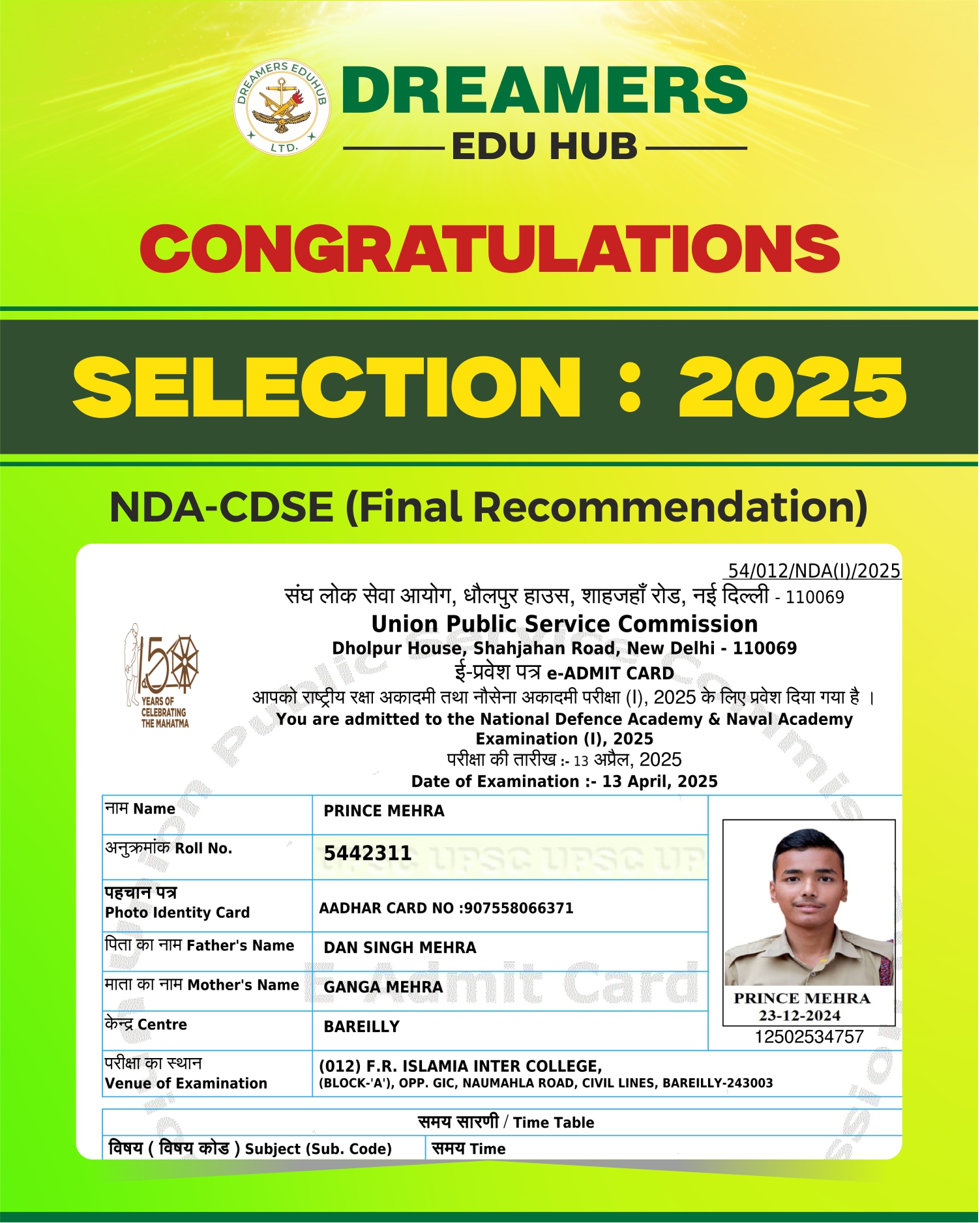
Explore genuine feedback from our students on Google.
EXCELLENTTrustindex verifies that the original source of the review is Google. Maine yaha admission karya hai NDA me aur yaha bhut acchi padhai hoti hai aur suvidhae bhi bhut sari hai. Yaha k counsellors bhut help karte hai.Posted onTrustindex verifies that the original source of the review is Google. Jai Hind Everyone 🇮🇳 I recently joined the institute for the SSB Mentorship,this is one of the best academy. I got proper guidance and one on one mentorship. All the faculty members are really good and you get proper time and ample amount of practice. I joined the FREE SSB Batch and learned so much .Highly recommended to join 👍Posted onTrustindex verifies that the original source of the review is Google. Jai hind eye opening experiencePosted onTrustindex verifies that the original source of the review is Google. Sir rocks, very much helpful and interactive, interacting by active communication. All faculties and interactive yet especially sir.Posted onTrustindex verifies that the original source of the review is Google. Fantastic training and all the mentors are very kind and gives life changing learning.Posted onTrustindex verifies that the original source of the review is Google. Excellent coaching All the teachers are very cooperativePosted onTrustindex verifies that the original source of the review is Google. Jhakas.....awsome assessors and teachers....must joinPosted onTrustindex verifies that the original source of the review is Google. It was very nice experience Seems vary worthy of time. You will see a difference in your personality.Posted onTrustindex verifies that the original source of the review is Google. Amazing education academy... I learned a lot from there not only for exams but for life the faculty are also very nice they give a lot of effort to each and every studentPosted onTrustindex verifies that the original source of the review is Google. Best academy and very cooperative staffVerified by TrustindexTrustindex verified badge is the Universal Symbol of Trust. Only the greatest companies can get the verified badge who has a review score above 4.5, based on customer reviews over the past 12 months. Read more
Explore the Academic Activities









The selection process involves three stages:
Written Examination (conducted by UPSC)
SSB Interview (5-day selection process assessing personality, intelligence, and officer-like qualities)
Medical Examination (as per defence standards)
Yes, there is negative marking for wrong answers in both Mathematics and GAT papers.
Paper 1: Mathematics – 300 Marks
Paper 2: General Ability Test (GAT) – 600 Marks
English – 200 Marks
General Knowledge – 400 Marks (includes Physics, Chemistry, History, Geography, Current Affairs, etc.)
Total Duration: 2.5 hours per paper
Yes, from 2021 onwards, female candidates are allowed to appear for the NDA exam and join the Armed Forces through the NDA route.
Doon Defence Dreamers offers a complete NDA preparation program that includes expert-led classes for Mathematics and General Ability, regular mock tests, SSB interview training, and physical fitness sessions to ensure all-round readiness.
The academy follows a result-oriented approach with updated NDA syllabus coverage, bilingual teaching methods (Hindi & English), personalized doubt-solving, and disciplined daily schedules—helping students stay focused and exam-ready.

Welcome to DDD
Doon Defence Dreamers

Best NDA Coaching in Dehradun
Session 2025-2026

Enquire Now